The realm of open-world game design has come a long way since its inception, transforming from simple exploratory spaces into rich, immersive experiences that captivate millions. Whether you’re a seasoned developer or a newcomer eager to craft your own virtual realms, mastering the art of open-world game design is essential for creating environments that resonate deeply with players. From the vast landscapes of Legend of Zelda to the gritty urban sprawl of Grand Theft Auto, these games exemplify the transformative power of open-world design. This article delves into the strategies, challenges, and innovations that define this dynamic field, offering insights into creating worlds that inspire wonder, foster connection, and stand the test of time.
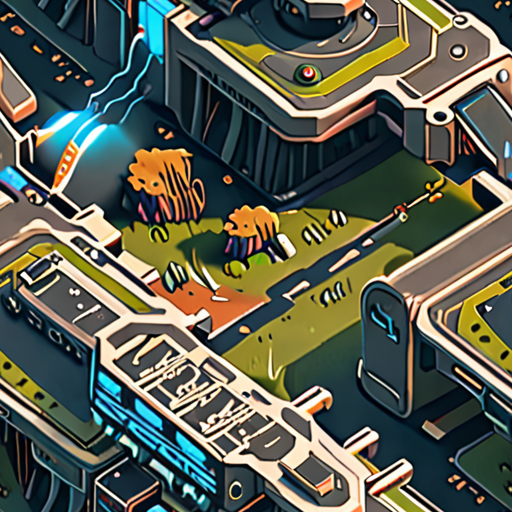
The 40 Second Rule in Gaming
The 40-second rule is a gameplay mechanic designed to enhance exploration and engagement in open-world games. This rule suggests that a point of interest (such as a landmark, NPC interaction, or hidden item) should appear within 40 seconds of the player’s movement in a game. This approach aims to keep players motivated and immersed in the game’s environment.
Introduced in games like The Witcher 3: Wild Hunt , the 40-second rule ensures that players are constantly discovering new elements while exploring. This mechanism helps maintain player interest and prevents monotony during extended exploration sessions.
Key Benefits of the 40 Second Rule
- Keeps Players Engaged: By ensuring frequent discoveries, the rule encourages players to continue exploring and prevents them from getting bored.
- Aids World-Building: Regular points of interest help create a sense of progression and discovery, making the game world feel more dynamic and alive.
- Encourages Efficient Exploration: The rule promotes a balanced approach to exploration, allowing players to discover meaningful content without wandering aimlessly.
Applications Across Different Genres
While originally popularized in role-playing games (RPGs), the 40-second rule has potential applications in various genres:
- Action-Adventure Games: Games like Breath of the Wild use a similar philosophy, encouraging players to explore and discover hidden items and challenges as they move through the environment.
- Fantasy RPGs: Titles such as Dark Souls III employ this concept to create challenging yet rewarding exploration experiences.
- Survival Games: In survival horror titles, the 40-second rule can help maintain tension and urgency during exploration.
Design Considerations for Implementing the 40 Second Rule
For developers looking to implement a similar rule in their own games, several considerations are important:
- Balance Exploration and Combat: Ensure that combat encounters are spaced appropriately so they don’t disrupt the exploration flow.
- World Design Consistency: Create a cohesive world where points of interest are meaningful and add value to the player’s experience.
- Player Feedback Mechanisms: Provide visual or auditory cues to indicate when a point of interest is approaching, enhancing the overall immersion.
By adopting the 40-second rule, game developers can create more engaging and immersive experiences that reward players for their exploration efforts. This approach not only enhances gameplay but also contributes to the overall enjoyment of the game world.
For more insights into game design and development, visit Indie Dev Games and explore their extensive library of resources and guides tailored for independent game creators.
How Much Does It Cost to Make an Open-World Game?
The cost of developing an open-world game varies significantly based on the scope, complexity, and resources available. Here’s a breakdown of the key factors contributing to the expense:
Development Phase
– **AAA Titles**: Budgets typically range from $10 million to $100 million or more, especially for AAA open-world games with large-scale productions.- **Indie Developers**: Costs are generally lower, often between $500,000 and $5 million, leveraging existing tools and smaller teams.
Production Costs
– **Environment Creation**: Building vast landscapes and structures can add $2 million to $10 million, depending on the level of detail and uniqueness required.- **Asset Development**: Designing landscapes, structures, and NPCs may cost between $2 million and $10 million, with indies often reusing assets for efficiency.
Programming and AI
– **Complex Systems**: Developing intelligent NPCs and server-side infrastructure for multiplayer games can range from $5 million to $20 million. Indies might spend $1 million to $5 million on this.
Art and Design
– **Visuals and Animation**: High-quality textures, 3D models, and animations can cost $3 million to $15 million. Indies might spend $500,000 to $3 million.
Sound and Music
– **Audio Integration**: Producing high-quality sound effects and music can range from $1 million to $5 million, with indies spending $100,000 to $1 million.
Marketing and Distribution
– **Promotion**: Marketing efforts, including ads and partnerships, can add $1 million to $10 million. Indies might allocate $50,000 to $300,000 for this.
Total Estimated Costs
– **Large Open-World Games**: Approximately $30 million to $200 million or more.- **Indie Projects**: Typically between $500,000 and $10 million.
Considerations
– **Technological Advancements**: Modern tools like Unity and Unreal Engine, along with cloud computing, may reduce costs for indies.- **Case Studies**: Examining real-life examples, such as “Minecraft,” which was developed for around $500,000, and “Breath of the Wild,” which had a reported budget of $80 million, illustrates the spectrum of costs.
Conclusion
The total cost of creating an open-world game depends on the project’s scale and goals. While AAA titles require substantial investments, indie developers offer more affordable alternatives, demonstrating that success can be achieved across various budget levels.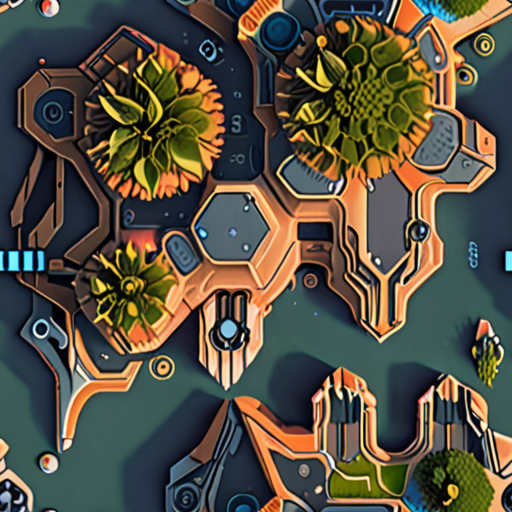
What is the difference between RPG and Open-World Games?
RPG stands for Role-Playing Game, which focuses heavily on narrative, character development, and immersive storytelling. These games allow players to assume the roles of characters, shaping their actions and outcomes within a fictional world. Examples include The Legend of Zeldaand Final Fantasy.On the other hand, Open-World games prioritize exploration and freedom. These games feature expansive environments where players can roam, discover hidden areas, and engage with diverse gameplay mechanics. Examples include The Elder Scrolls V: Skyrimand Grand Theft Auto V.Key Differences:
- RPGs: Emphasis on story, character progression, and role-playing elements.
- Open-World: Focus on exploration, world-building, and player freedom.
Both genres often intersect, with many games combining elements of both. Hybrid titles like Red Dead Redemption 2offer deep narratives alongside vast open landscapes, appealing to fans of both genres.Explore more resources on game development at Indie Dev Games, your go-to hub for indie game creators.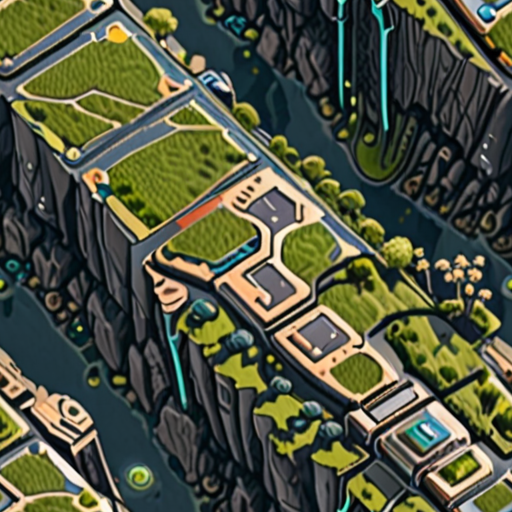
How Long Does It Take to Make an Open-World Game?
The time required to develop an open-world game depends on various factors, including the project’s scope, complexity, and resources. Here’s a breakdown:
- Game World Size: Larger open-world games with extensive environments and details generally take longer. For example, games like GTA V required several years to develop.
- Complexity of Mechanics: Advanced features such as realistic physics, AI, and narrative depth increase development time. These elements are common in AAA titles.
- Development Team Size: Larger teams can parallelize tasks, reducing the overall timeline, though managing coordination becomes more complex.
- Platform Considerations: Developing for multiple platforms may extend timelines due to cross-platform optimization and testing requirements.
- Unexpected Challenges: Bugs, unplayable builds, and scope creep can significantly delay projects.
Examples:
– **AAA Open-World Games:** Typically take 3-7 years.- **Indie Open-World Games:** Smaller teams may complete a game in 1-3 years.- **Mobile Open-World Games:** Development cycles are shorter, often 6-12 months, though detail levels may vary.
To optimize your project, consider:
– Clear Vision:Define objectives early to avoid scope creep.- Iterative Testing:Regularly test builds to catch issues early.- Efficient Collaboration:Maintain strong communication between teams.
Using tools like Unity or Unreal Engine can streamline development for open-world projects.
How Many Lines of Code Did It Take to Make GTA 5?
GTA 5, developed by Rockstar North, is renowned for its extensive codebase. The game’s size and complexity suggest it contains approximately 100 million lines of code, primarily written in C using the Rockstar Advanced Game Engine (RAGE). This massive codebase supports the game’s vast open world, intricate storylines, and robust multiplayer features, making it a significant technical accomplishment in the gaming industry.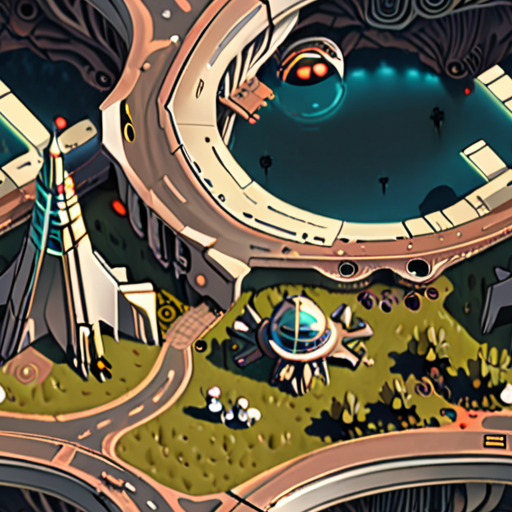
How Hard Is It To Make An RPG?
Creating a role-playing game (RPG) involves several steps, but it doesn’t have to be overwhelming. With the right tools, resources, and mindset, anyone can develop a basic RPG. Here’s a breakdown of what you need to consider:
- Story Development:** The foundation of any RPG lies in its narrative. Develop a unique plot, characters, and setting that captivate players. Tools like Figma can help visualize your storyboarding process.
- Gameplay Mechanics:** Decide on the core gameplay loop, such as combat systems, exploration, and character progression. Platforms like Unity or Unreal Engine offer robust frameworks for building these mechanics.
- Art Style and Design:** Choose a visual style that aligns with your game’s theme. Use tools like Pixar Baobab Studio for 2D animation or Blender for 3D modeling.
- Programming and Coding:** While not everyone needs to code, understanding the basics of programming can help you script dialogues, manage quests, and handle game logic. Start with Python or JavaScript for simple tasks.
- Testing and Iteration:** Playtest your game repeatedly to identify bugs and gather feedback. Iterate on your design based on player reactions and refine your product until it feels polished.
Indie game development platforms like Indie Dev Games provide valuable resources, tutorials, and communities to support your journey. Whether you’re a seasoned developer or just starting out, there are tools and guidance available to help you succeed.
Conclusion: Making an RPG is challenging but rewarding. With dedication, creativity, and the right resources, you can bring your vision to life and connect with players worldwide. Keep experimenting, learn from your mistakes, and don’t stop until you achieve your goals!

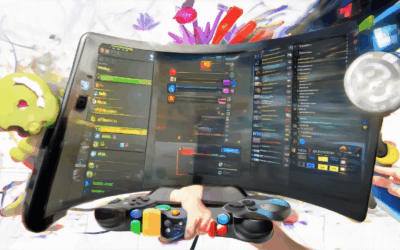
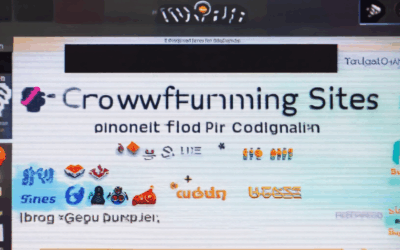

0 Comments